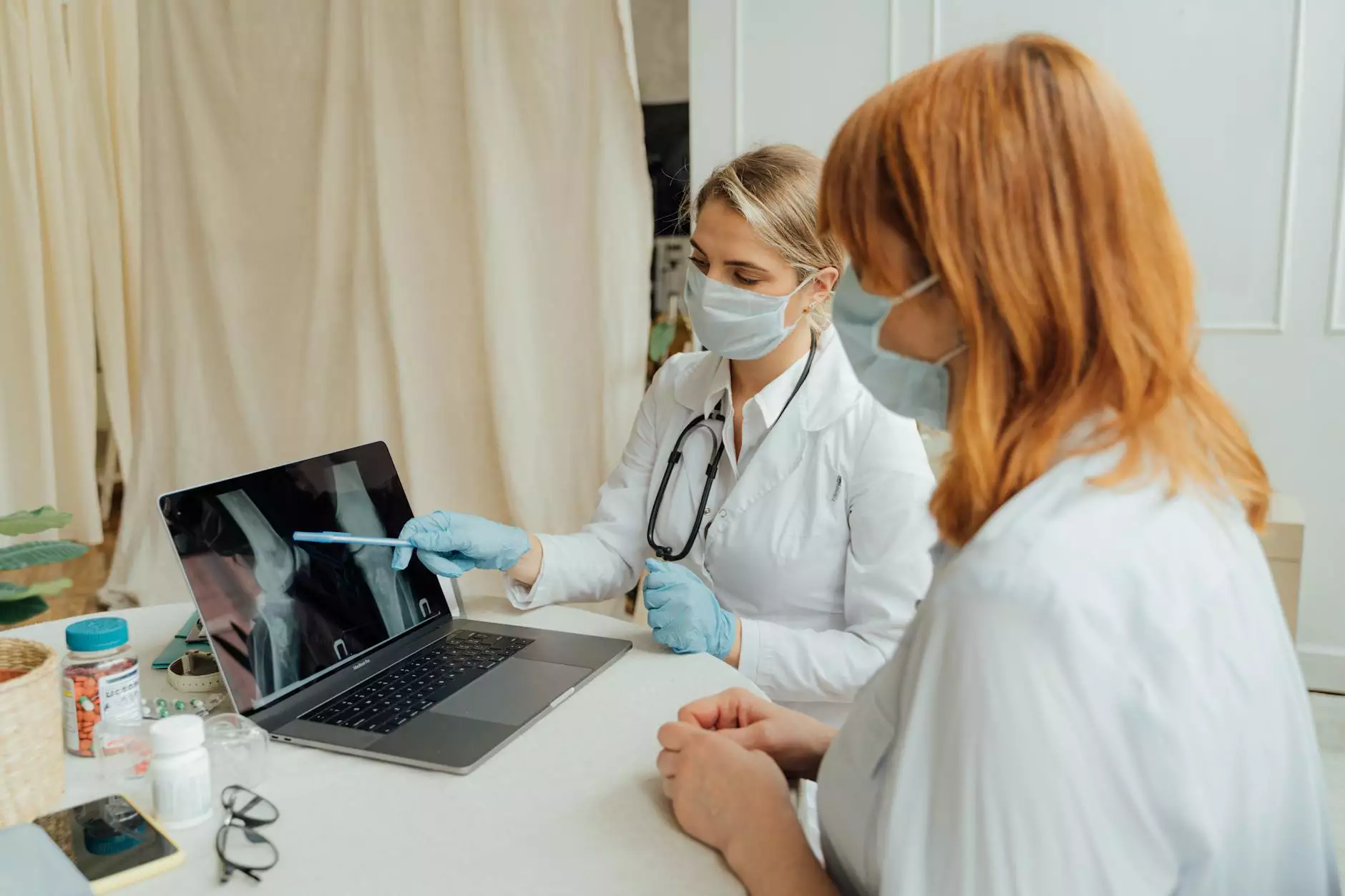Lung Cancer CT Scan: A Comprehensive Guide for Early Detection

Understanding Lung Cancer and Its Implications
Lung cancer remains one of the leading causes of cancer-related deaths globally. The need for early detection and effective treatment options cannot be overstated. A pivotal tool in the journey towards diagnosis and management is the lung cancer CT scan.
CT scans, or computed tomography scans, are advanced imaging techniques that allow for detailed cross-sectional views of the lungs, aiding in the identification of abnormalities.
What is a Lung Cancer CT Scan?
A lung cancer CT scan is a specialized imaging technique that produces high-resolution images of the lungs. Unlike traditional X-rays, CT scans offer a more detailed view, helping healthcare professionals identify even the smallest nodules and lesions in the lungs.
This scan can be crucial for several reasons, including:
- Detecting Lung Cancer: Early detection remains key for effective treatment.
- Assessing Tumor Size: Understanding the size of any detected tumors is vital for staging the cancer.
- Monitoring Treatment: CT scans can help gauge how effective treatment is working.
The Process of Undergoing a Lung Cancer CT Scan
Understanding the CT scan process can alleviate anxiety associated with the procedure. Here’s what to expect:
- Preparation: You may be instructed to avoid food for a few hours prior to the scan. Discuss any medications you’re taking with your doctor.
- Arrival at the Facility: On the day of the scan, arrive on time and inform the medical staff of any allergies, particularly to contrast materials.
- During the Scan: You will lie on a motorized table that slides into the CT machine. The machine will rotate around you, capturing images at various angles.
- Post-Scan: Once done, you can typically return to your normal activities. The results are usually analyzed by a radiologist who sends a report to your physician.
Benefits of Lung Cancer CT Scans
The benefits of undergoing a lung cancer CT scan are extensive:
- Early Detection: This is the most significant advantage. The earlier cancer is caught, the higher the chances of successful treatment.
- Precision: CT scans provide detailed images that assist in determining the exact location and extent of lung tumors.
- Non-Invasiveness: Unlike surgical procedures, CT scans are non-invasive and straightforward, making them a preferred option for many patients.
- Guiding Treatments: Doctors can use these scans to plan effective treatment strategies based on the cancer’s stage and characteristics.
Risks and Considerations
While lung cancer CT scans are generally safe, there are some risks and considerations to bear in mind:
- Radiation Exposure: CT scans involve exposure to a low dose of radiation. Discuss the risks with your doctor, especially if you need multiple scans.
- False Positives: Occasionally, CT scans may indicate the presence of cancer when none exists, leading to unnecessary anxiety and additional testing.
It's essential to have a thorough discussion with your healthcare provider regarding the necessity of the scan and the associated risks.
Who Should Consider a Lung Cancer CT Scan?
The following groups may benefit from undergoing a lung cancer CT scan:
- High-Risk Individuals: Smokers and those with a significant history of tobacco use.
- Family History: Individuals with a family history of lung cancer.
- Occupational Exposure: Those exposed to carcinogens such as asbestos or radon.
For individuals in these high-risk categories, annual screenings may be recommended by healthcare providers starting at age 50 or earlier, depending on personal risk factors.
The Role of Healthcare Professionals
Healthcare professionals play a crucial role in the management and interpretation of lung cancer CT scans.
Key professionals involved include:
- Radiologists: Specialize in interpreting medical imaging and diagnosing based on the results.
- Oncologists: Help evaluate the results and recommend a treatment plan if cancer is detected.
- Primary Care Physicians: Coordinate care and follow-up based on CT results.
Conclusion: The Importance of Early Detection
In conclusion, the lung cancer CT scan stands as a vital tool in the early detection, diagnosis, and management of lung cancer. Its ability to provide detailed imaging can lead to prompt interventions that significantly improve patient outcomes.
For individuals at risk, engaging with healthcare professionals to discuss the appropriateness of this examination is crucial. Early detection is the key to survival, and CT scans can play an indispensable role in this process.
For more information on lung health and various medical imaging techniques, contact HelloPhysio at hellophysio.sg.
© 2023 HelloPhysio. All rights reserved.









